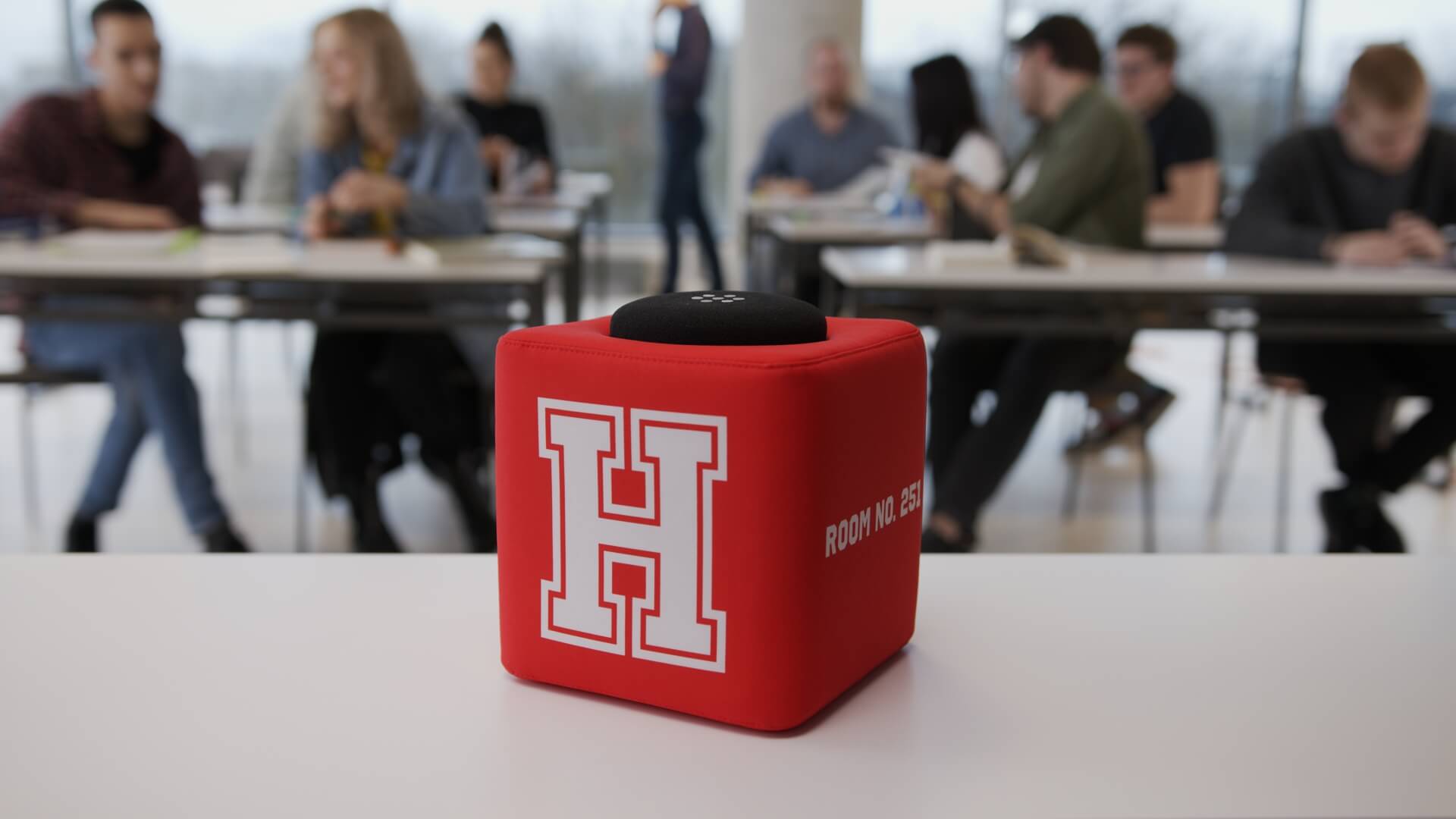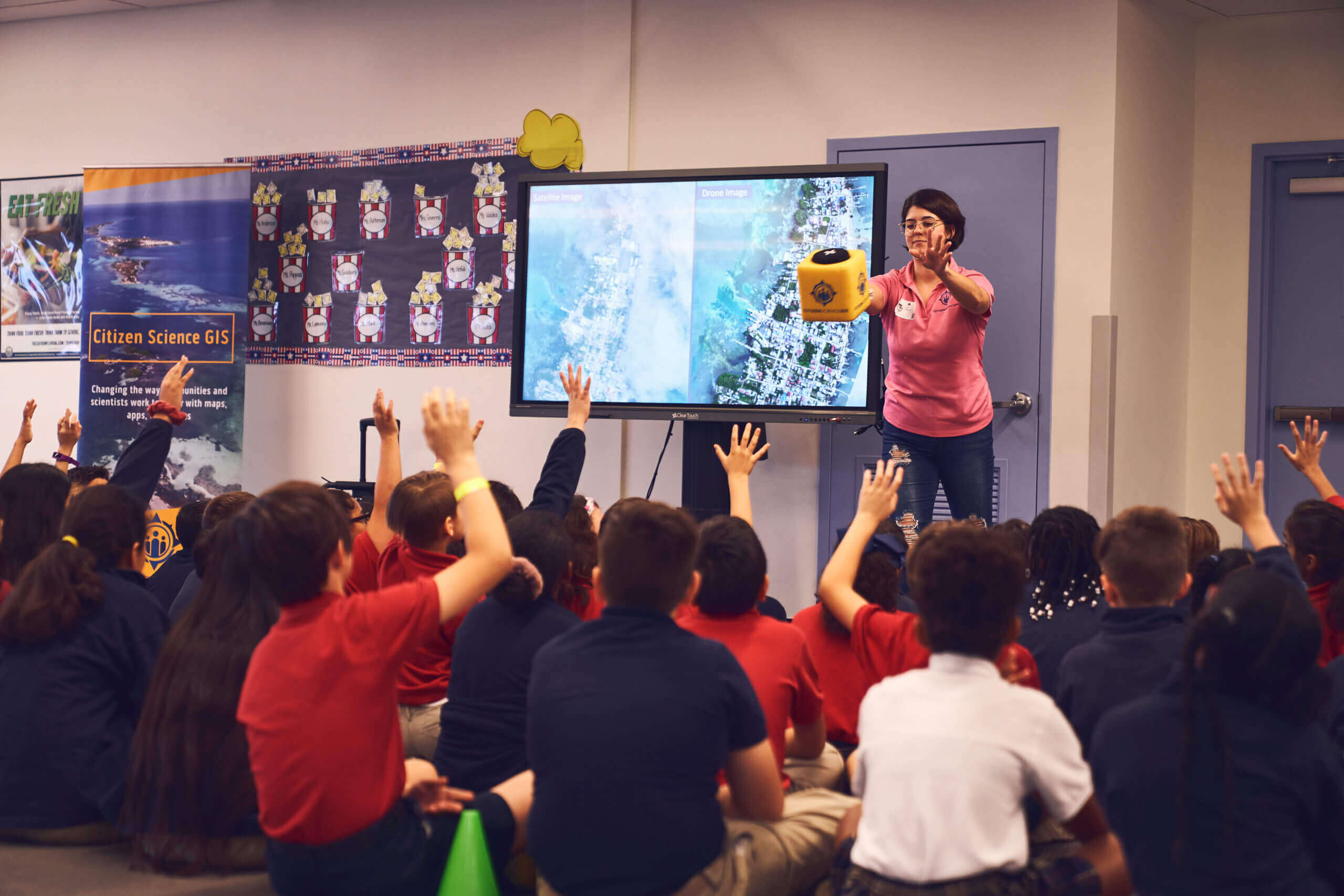3 hybrid learning trends that are here to stay
It's no longer a question of whether hybrid learning is here to stay.
Hybrid and remote learning have enabled universities to address significant challenges and emerge even stronger. Now, with the necessary infrastructure and expertise in place, universities see no reason to reverse this progress, given its appeal to students and positive educational impacts.
In terms of current hybrid learning trends, most universities are actively exploring how to make this model more engaging to students, grappling with how to overcome the digital divide, and looking to take advantage of the benefits of the new reality.
In what follows, we'll outline the three biggest hybrid learning trends and explore what they mean for your institution.

3 hybrid learning trends for 2022 and beyond
While hybrid learning has been a long time coming, its widescale practical implementation is still in relative infancy. Following an early hurrah, most universities and colleges now find themselves grappling with teething issues.
1. Student engagement as the main challenge
Everyone's looking at how to maximize student engagement. Remote participants in hybrid classes and research have reported feeling excluded and described their experience as “ambiguous”. Remote students are often more passive and less engaged with their lessons and peers.
At the bare minimum, both remote and in-person students should have the same access to what's happening in class. But even that isn't a given, particularly when it comes to peer discussions.
Much focus is placed on teacher microphones to ensure crystal clear audio for those joining remotely, but audience microphones are usually an afterthought at best or non-existent at worst. Not being able to (clearly) hear in-class discussions limits how much a remote student can engage with their peers and results in a subpar classroom experience and feelings of exclusion at no fault of their own.
That said, progressive universities are already finding ways to deal with this by updating their AV setups accordingly and ensuring all attendees have equal opportunities to participate. One common approach is to use wireless engagement microphones, such as Catchbox, that can be passed around between in-class students so that they can be heard as clearly as the lecturer by their remote counterparts.
Students learn not only from professors, but from each other as well and having a robust technical AV foundation unlocks other engagement-oriented activities in the form of peer learning.

2. Dealing with the digital divide
Accessibility, as it relates to hybrid learning, is a double-edged sword. On one hand, remote learning removes physical barriers that may preclude a student from attending. On the other, it requires access to technology, alongside a certain level of digital savviness that is not as ubiquitous among students as one might expect.
Assuming that all students are digital natives runs the risk of alienating those that aren't. Whilst a lot of emphasis is placed on assisting and educating lecturers on new technologies, students are typically left to learn to navigate the edtech on their own.
Reports show that the overall hybrid learning experience is closely tied to the student's ability to adapt to new technologies in the classroom. A survey conducted as part of the report reveals 3 out of 10 students find it difficult to keep up with all the edtech that's being introduced, with 1 in 10 struggling a lot.
Now, all of this is without touching on the hardware itself. Participating in synchronous hybrid classes requires a computer and a stable internet connection. Connection issues or technical problems can make students miss things, feel excluded, and cause stress.
For universities promoting accessibility as a core part of their hybrid offer, overcoming the digital divide is an increasingly pressing issue that has them scrambling for solutions. Enhanced equity for some cannot come at the cost of others. Hence, equipping students with the technology and knowledge they need to participate will continue to be a hybrid learning trend for years to come.

3. Leveraging the benefits to attract students
The reality is that epidemiological considerations underpinned the adoption of hybrid learning. No matter what additional benefits were touted, everyone, from parents and students to teachers and decision-makers, was more or less on the same page viewing hybrid learning as necessary to offer a safer learning environment.
In a post-Covid world, the safety aspect no longer holds up. In response, universities are doubling down on the other reasons why hybrid learning is a great choice in order to solidify its acceptance as a realistic and positive option in higher education. Doing so is important for universities that seek to leverage the hybrid learning trend to attract more students.
Trends observed over the last year have equipped institutions with the ammunition to move beyond conceptual, boilerplate benefits such as accessibility and flexibility and into the realm of the practical advantages of hybrid learning, including:
-combining studies with work,
-making broader use of edtech to offer superior learning opportunities,
-being resilient to any future crises.
For instance, some universities report an influx of older students, who are more inclined to rejoin the learning cycle now that some social elements are minimized.
Understanding the practical realities and dynamics of hybrid learning trends and packaging them in appealing messaging will serve to normalize this model going forward while allowing the institutions themselves to reap the rewards it offers.
Final remarks
Final remarks
The way universities respond to these hybrid learning trends will shape student and teacher experience for years to come. While everyone's actively seeking solutions, there are no easy answers. This is, however, a chance for innovators to stand out.
Offering hyper-engaging hybrid lessons, combating the digital divide, and speaking to students on their own terms – can help a university differentiate itself from the competition and gain popular favor. In a few years, these will (hopefully) be the status quo, but, for now, they're an opportunity.
Check out how a Catchbox audience mic can boost student engagement in your classroom and university events.

Catchbox Plus
Master hybrid learning
Transform your hybrid learning setup & improve student participation with Catchbox Plus. Ensure every student can hear and be heard with our unique two channel microphone solution.